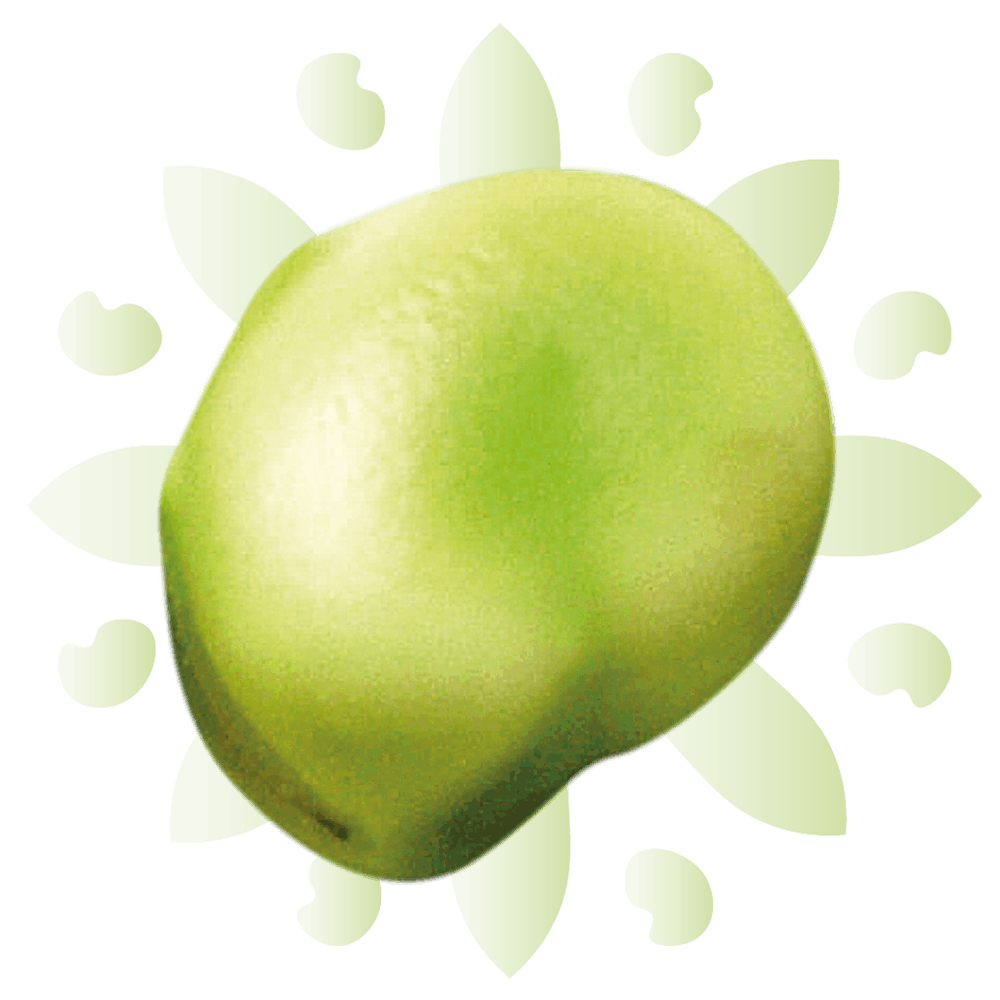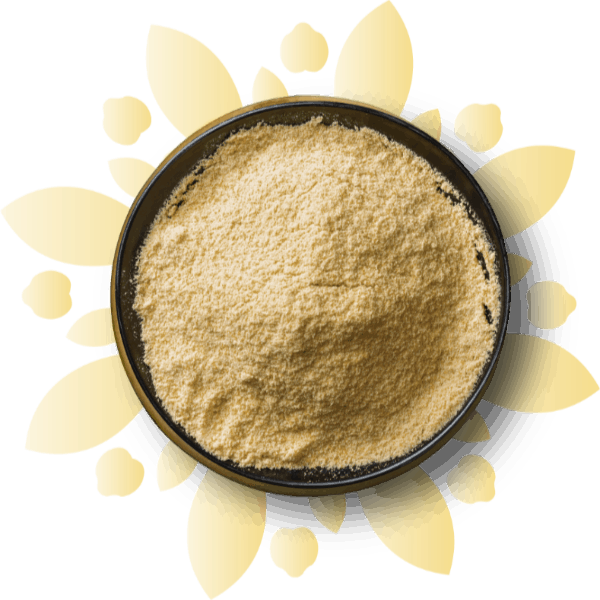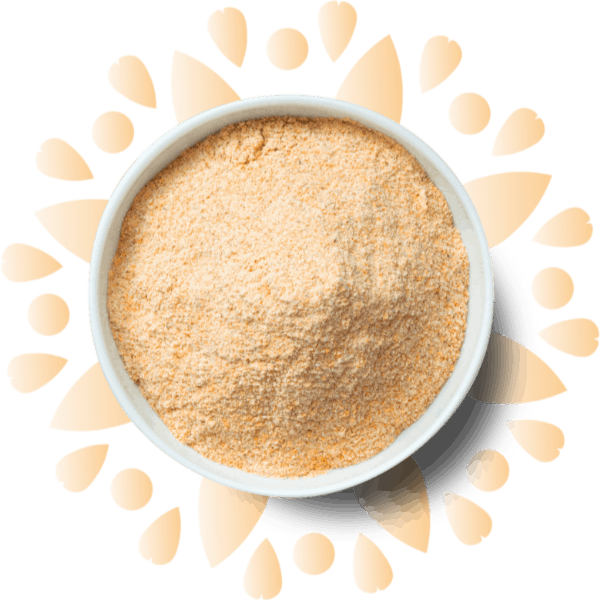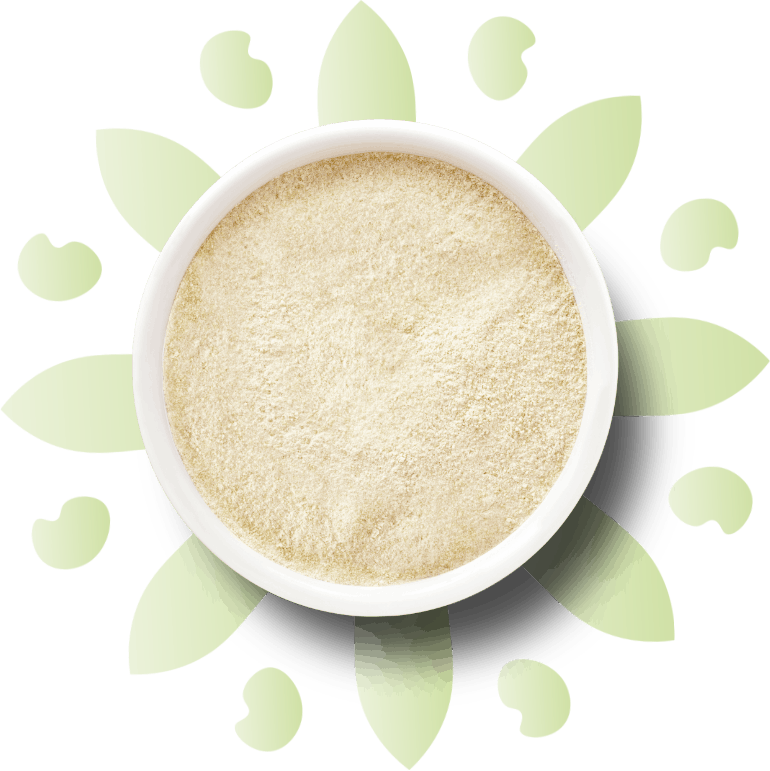One of the main benefits of proteins derived from legumes is their environmental benefit compared to more traditional proteins. ATURA uses chickpea, Fava Bean and Red Lentils to create its protein range which all have significant environmental benefits. These environmental benefits include reducing greenhouse gas emissions such as nitrogen, improving soil health and benefiting the farmers that grow them. This gives them a significant advantage compared to competitors using traditional animal-based proteins such as whey and egg.
Reducing Greenhouse Gases
Legumes such as Fava Bean, chickpea and Red Lentils have the environmental benefit of being nitrogen fixers. They contribute to removing nitrogen from the atmosphere where it is a significant contributor to climate change. The UN environment Program states that Nitrogen is 300 times more potent in warming the atmosphere than carbon dioxide [1]. Nitrogen fixers such as Legumes also store nitrogen in the soil reducing the need for harmful chemical fertilizers. Legumes also store carbon in the soil through carbon sequencing, further reducing their carbon footprint with crops such as Red Lentils being carbon negative.
Farming of animal products such as whey and egg do come with benefits from the animals they come from as both cattle and chicken manure do reduce fertilizer usage, however, both produce significantly more greenhouse gas emissions compared to their plant-based alternatives. Eggs can produce 2.20kg of Co2 emissions per kg [2]. Whey from a typical source like mozzarella can generate up to 7.28 kg of carbon per kg just from the mozzarella production [3]. Legumes on the other hand emit significantly less co2 per kg with fava bean emitting 0.17kg of Co2 per kg [4] and Chickpea emitting 0.40kg Co2 per kg [5].
improved Soil Health
Legumes can also be efficient tools in improving soil health, chickpeas and fava beans for example support microbes such as mycorrhizal fungi which help to improve water and nutrient absorption. Both Chickpea and Lentils are also known for helping to protect plants from diseases by preventing the spread of pathogens by working with microbes such as Actinomycetes, Trichoderma and Pseudomonas.
Traditional animal-based proteins however do not have these benefits, many animal proteins require specific sustainable farming practices to minimize damage to soil health. This is as with cattle and chicken farming can lead to degrading soil quality due to over manuring. Cattle grazing can also compact soil which reduces the soil’s ability to absorb water and air. Chicken manure does, however, have beneficial microbes in it that have been known to suppress pathogens and pests.
Benefits to Farmers
Legumes can also help farmers in ways that traditional animal-based proteins can’t. Chickpeas for example can survive in extremely harsh environments such as extreme heat and draughts as they require less water compared to other crops. This helps limit the environmental risks that farmers are exposed to.
Crops such as Fava Beans are also used to support biodiversity in farms in several different ways, such as Attracting pollinators with their flowers. Fava Beans also out compete weeds which limits the use of herbicides further promoting a more diverse ecosystem. These allow farmers to plant several different crops as the benefits brought from crops such as fava beans carry onward to the next batch of crops.
Conclusion
Legumes such as fava bean, red lentil and chickpea can offer more sustainable advantages than traditional animal-based proteins such as whey and egg. These advantages encapsulate three main areas: greenhouse gas emissions, soil health and benefits to farmers.
References
1.Tidåker, P., Karlsson Potter, H., Carlsson, G. and Röös, E. (2021). Towards sustainable consumption of legumes: How origin, processing and transport affect the environmental impact of pulses. Sustainable Production and Consumption, 27, pp.496–508. doi:https://doi.org/10.1016/j.spc.2021.01.017.
2.Kim, D., Thoma, G., Nutter, D., Milani, F., Ulrich, R. and Norris, G. (2013). Life cycle assessment of cheese and whey production in the USA. The International Journal of Life Cycle Assessment, [online] 18(5), pp.1019–1035. doi:https://doi.org/10.1007/s11367-013-0553-9.
3.Taylor, R.C., Omed, H. and Edwards-Jones, G. (2014). The greenhouse emissions footprint of free-range eggs. Poultry Science, 93(1), pp.231–237. doi:https://doi.org/10.3382/ps.2013-03489.
4.Svanes, Erik, et al. “Environmental Impacts of Field Peas and Faba Beans Grown in Norway and Derived Products, Compared to Other Food Protein Sources.” Sustainable Production and Consumption, July 2022, https://doi.org/10.1016/j.spc.2022.07.020.
5.Behm, Katri, et al. “Comparison of Carbon Footprint and Water Scarcity Footprint of Milk Protein Produced by Cellular Agriculture and the Dairy Industry.” The International Journal of Life Cycle Assessment, vol. 27, no. 8, Aug. 2022, pp. 1017–1034, https://doi.org/10.1007/s11367-022-02087-0.






